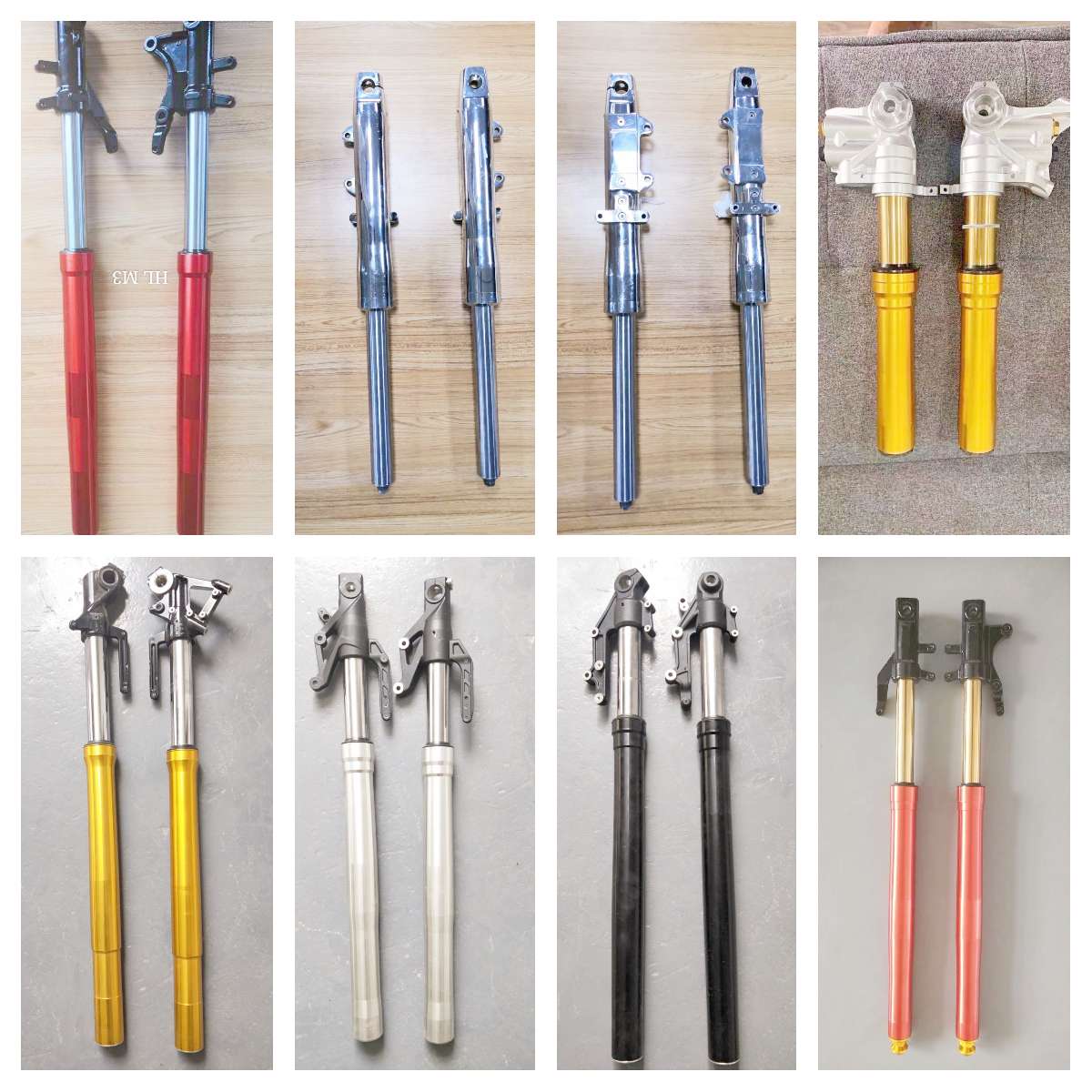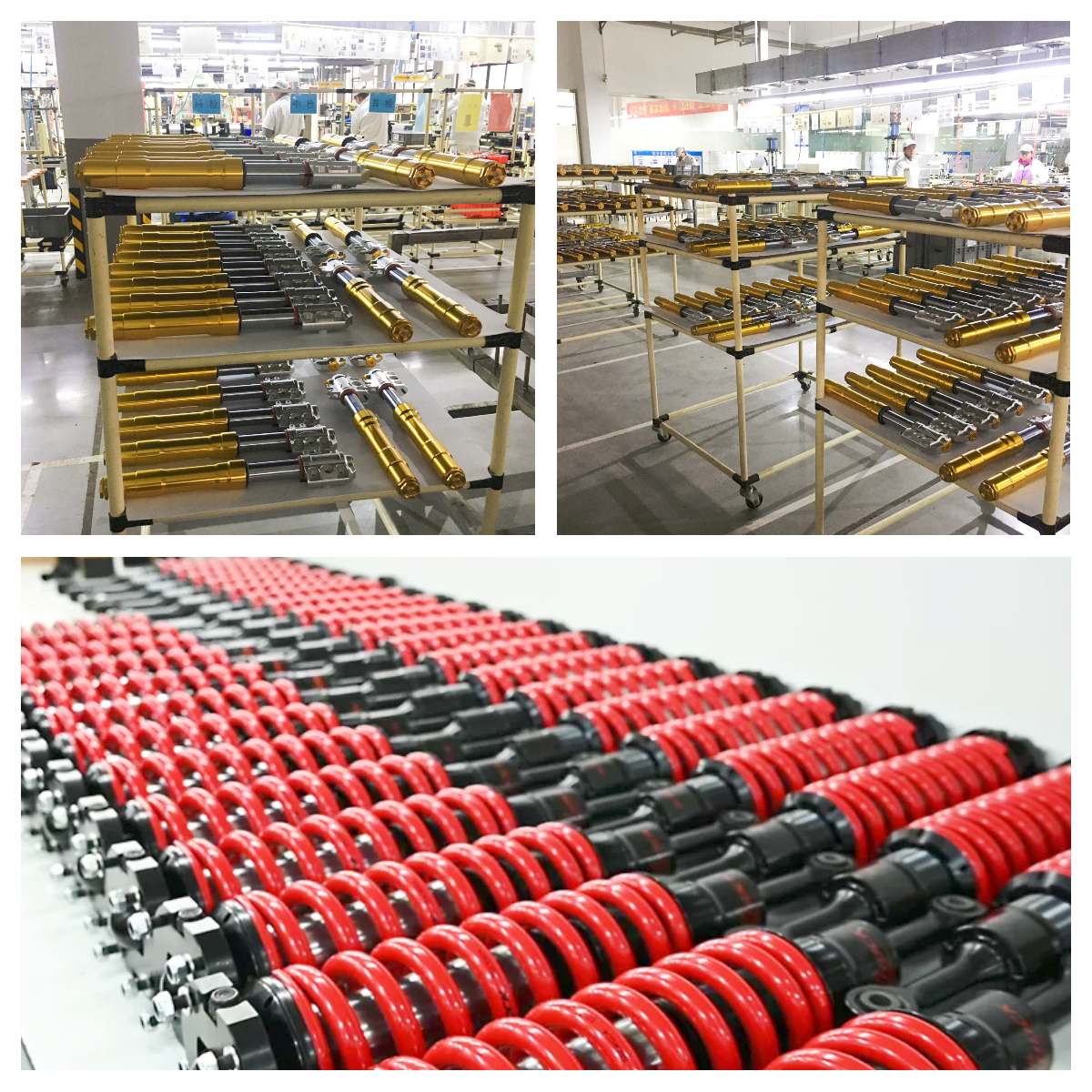Our Products
We Manufacture a wide range of shock absorber
Each shock absorber means the safety
Shock Absorber for Mountain Bike
Function:
Mountain bike shock absorbers, often referred to as bike suspension, are designed to absorb and dampen the impact from rough terrain, such as rocks, roots, and drops. This helps to maintain control, improve comfort, and enhance the bike’s traction by keeping the tires in better contact with the ground.
Categories:
Front Suspension (Forks): Mounted on the front wheel, these absorb impacts from the front, providing a smoother ride over obstacles. Common in most mountain bikes.
Rear Suspension (Rear Shocks): Located near the rear wheel, rear shocks provide additional comfort and control by absorbing impacts that affect the back of the bike. Found in full-suspension mountain bikes.
Full Suspension: Bikes equipped with both front and rear shocks for maximum control and comfort. Ideal for rugged trails and downhill biking.
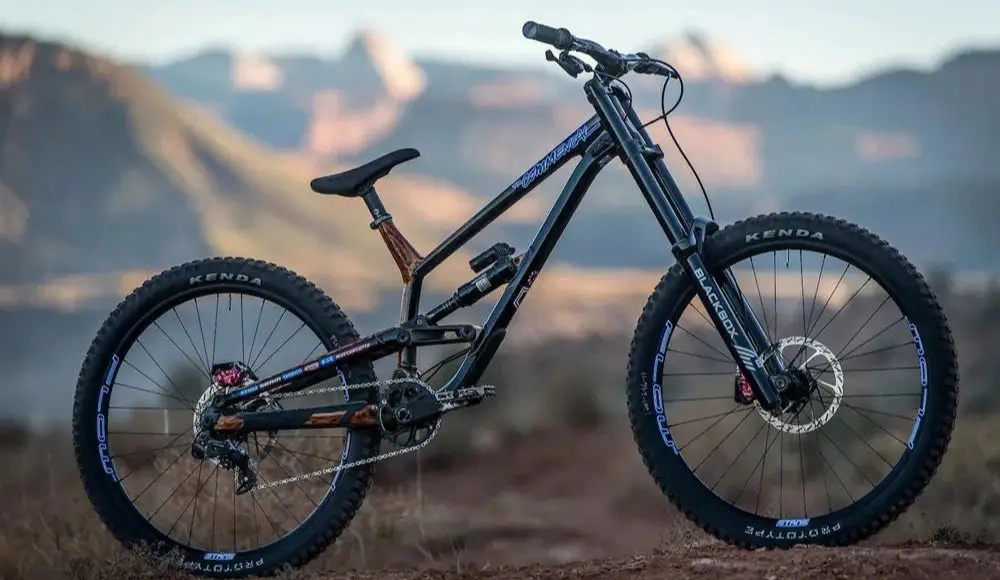
Features:
Adjustability: Many mountain bike shocks allow for adjustments in damping, compression, and rebound, enabling riders to fine-tune their ride according to the terrain and their riding style.
Lockout Mechanism: This feature enables riders to lock the suspension to prevent movement, useful on smooth surfaces or during climbs to improve pedaling efficiency.
Air or Coil Springs: Shocks can use air or coil springs. Air springs are lighter and adjustable, while coil springs provide a consistent feel and are better suited for heavier riders or extreme conditions.
Durability: Designed to withstand rough use, shocks are built with robust materials like aluminum or carbon fiber to handle the stress of off-road riding.
Travel: Refers to the amount of movement the shock can absorb. Short travel (80-120mm) is for cross-country riding, while longer travel (140-200mm) is for enduro and downhill biking
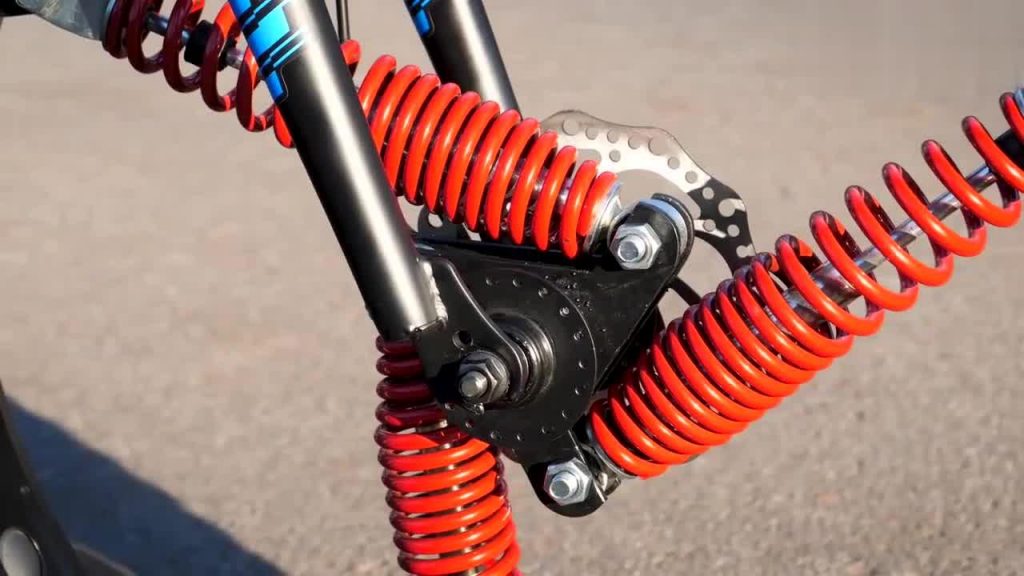
Shock Absorber for Motorcycle
Function:
Motorcycle shock absorbers are essential components of the suspension system that help absorb and dampen the impact from road irregularities, such as bumps, potholes, and uneven terrain. By controlling the spring movement, they enhance ride comfort, stability, and handling, ensuring the tires maintain consistent contact with the road for improved safety and performance.
Categories:
Front Suspension (Forks): The most common type is the telescopic fork, which consists of two tubes with a spring and a damper mechanism inside. These are found on the front wheel to absorb impacts from the front.
Rear Suspension (Shock Absorbers): Typically, motorcycles have either a single shock absorber (monoshock) or dual shock absorbers (twin shocks) at the rear. These absorb impacts and help control rear wheel movement.
Inverted Forks: Also known as USD (upside-down) forks, these have the thicker part of the fork at the top, offering greater rigidity and better handling. Common in high-performance and racing motorcycles.
Air Suspension: These use air pressure to adjust the ride height and comfort level. They’re less common but offer the advantage of easy adjustability.
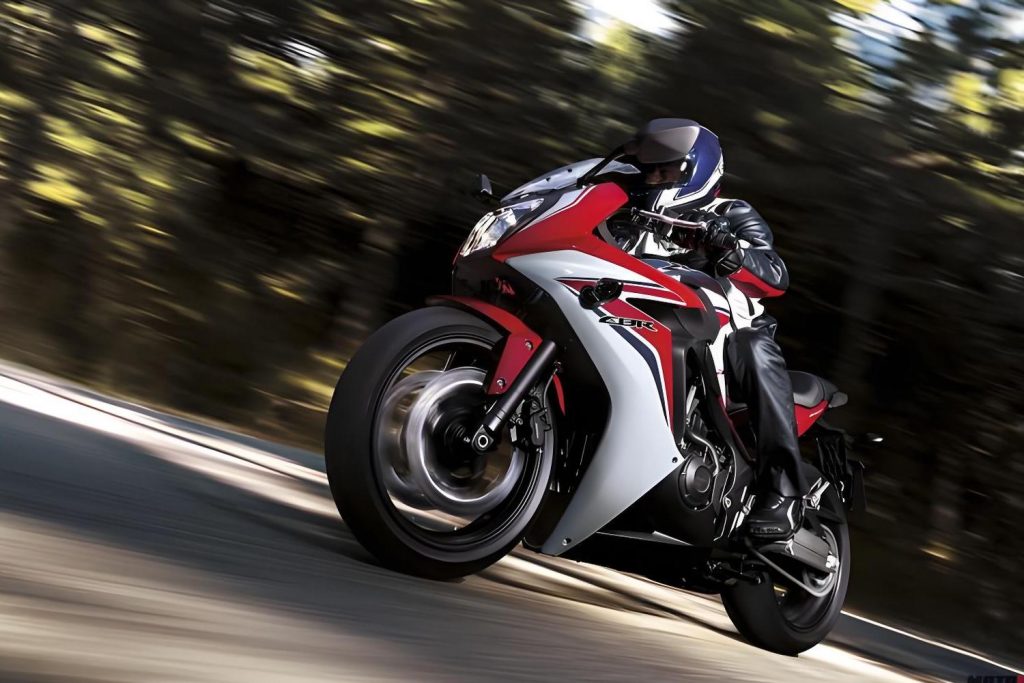
Features:
Adjustability: Many motorcycle shocks allow for adjustments in preload, damping, and sometimes compression, enabling riders to customize the suspension according to their weight, riding style, and terrain.
Damping Control: This feature controls the rate at which the shock absorber returns to its original position, preventing excessive bouncing and improving stability.
Spring Rate: Refers to the stiffness of the spring. Adjustable spring rates allow riders to fine-tune the suspension for different types of riding, such as touring, sport, or off-road.
Progressive Springs: These springs provide a variable rate of compression, which means they are softer initially and get stiffer as they compress further. This offers a smoother ride over small bumps and firm support over larger impacts.
Nitrogen Charging: Many high-performance shocks use nitrogen gas to prevent the oil inside the shock from foaming, ensuring consistent damping performance even under heavy use.
Remote Reservoirs: Some shocks have a remote reservoir that allows for extra oil capacity, improving cooling and performance during long or demanding rides.
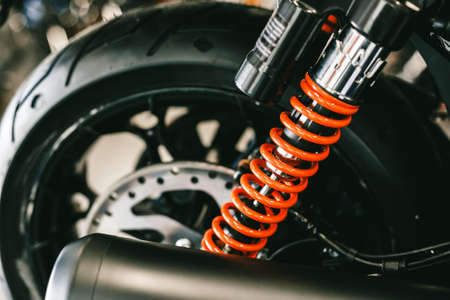
Shock Absorber for Automobile

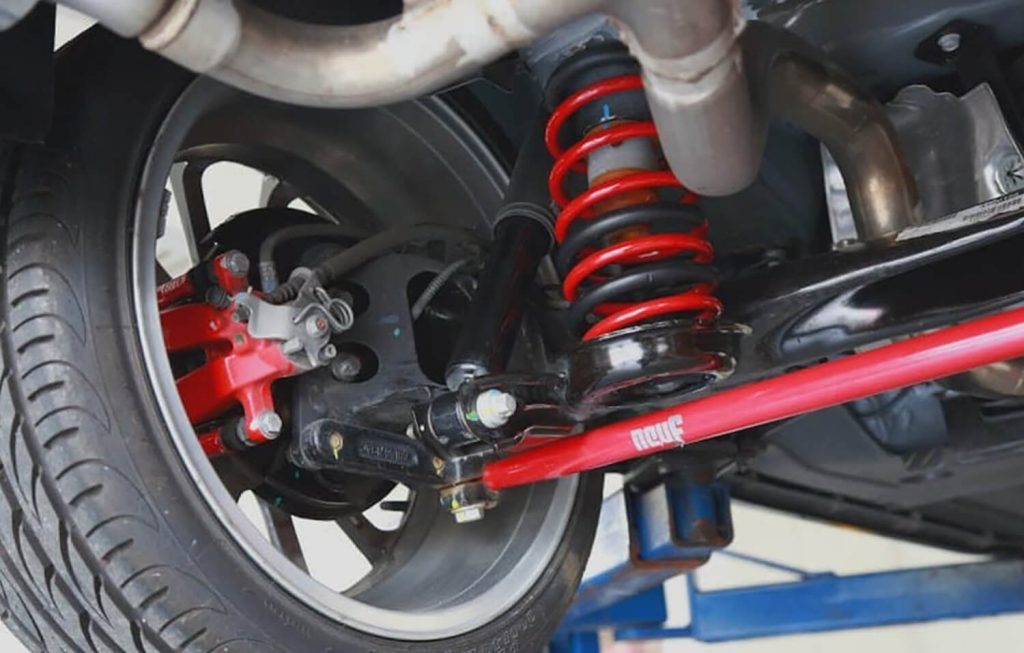
Summary:
Twin-Tube and Mono-Tube: Based on structure.
Hydraulic and Gas-Charged: Based on the damping mechanism.
Adjustable and Non-Adjustable: Based on customizability.
Air and Electronic: Specialized types for enhanced control and comfort.
Shock Absorber for Scooters
Shock absorbers for scooters play a similar role to those in cars but are adapted to the smaller size, lighter weight, and specific design of scooters. They are crucial for maintaining comfort, stability, and handling, especially when riding over rough terrain or uneven roads.
Function of Shock Absorbers in Scooters:
Damping Vibrations and Impacts: The primary function is to absorb and dampen vibrations and impacts caused by road irregularities, such as bumps, potholes, and uneven surfaces, making the ride smoother.
Improved Stability and Handling: Shock absorbers help maintain scooter stability by reducing excessive bouncing and swaying. This ensures that the tires maintain contact with the road, improving handling and safety, especially during turns or sudden braking.
Comfort: By reducing the transfer of shock to the rider, shock absorbers improve ride comfort, which is especially important for daily commuting on rough or uneven roads.
Preventing Damage: They also reduce the wear and tear on other components of the scooter, like the frame and wheels, by absorbing excessive forces that could cause damage.
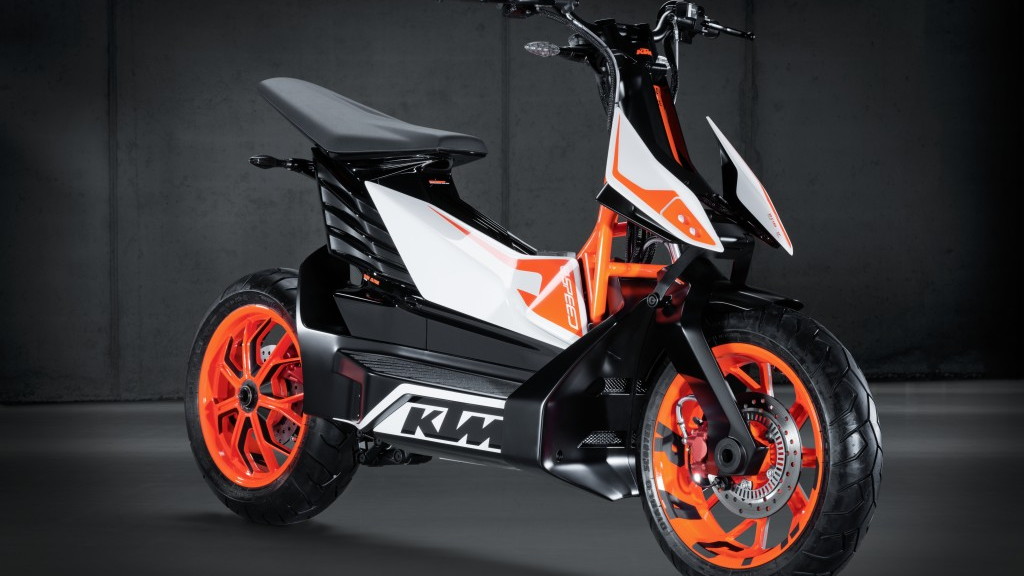
Categories of Shock Absorbers for Scooters:
Based on Design:
Hydraulic Shock Absorbers: These are the most common type, where oil is used to dampen vibrations. They provide adequate comfort and stability for city riding.
Spring Shock Absorbers: These are a simpler type of shock absorber using mechanical springs to absorb impacts. Often found in more basic or lightweight scooters, they provide moderate damping for casual or low-speed riding.
Based on Damping Mechanism:
Telescopic Shock Absorbers: These use a piston-cylinder design with hydraulic fluid or springs. As the scooter hits a bump, the shock absorber compresses and dampens the impact. They are common in both front and rear suspensions of scooters.
Gas-Charged Shock Absorbers: Similar to hydraulic shocks but contain pressurized gas (like nitrogen) in addition to oil. They offer better performance by reducing oil foaming and improving damping under heavy use or rough terrain.
Based on Placement:
Front Shock Absorbers: Usually found in telescopic fork suspension systems, these are designed to absorb shocks to the front wheel, improving steering and handling.
Rear Shock Absorbers: Mounted near the rear wheel, they support the rider’s weight and help to absorb larger shocks from the rear, providing stability during acceleration or when riding over bumps.
Based on Adjustability:
Non-Adjustable Shock Absorbers: Pre-set by the manufacturer for general riding conditions, offering a good balance between comfort and performance for everyday use.
Adjustable Shock Absorbers: These allow for tuning of the suspension based on the rider’s preference or load, ideal for those who carry passengers or want a more customized riding experience.

Features of Scooter Shock Absorbers:
Compact Size: Since scooters are much smaller than cars or motorcycles, shock absorbers are compact but designed to be efficient for the scooter’s size and weight.
Lightweight: To avoid adding unnecessary weight to the scooter, shock absorbers are designed to be lightweight while still providing adequate performance.
Preload Adjustment: Some scooter shocks come with preload adjustment, allowing riders to tweak the stiffness or softness of the suspension depending on their weight or riding conditions.
Dual Suspension Systems: Many scooters, especially higher-end models, feature both front and rear shock absorbers for balanced suspension performance.
Durability: Since scooters are often used in urban environments where roads may be less smooth, shock absorbers are built to withstand continuous stress from potholes, bumps, and uneven surfaces.
Aesthetic Design: In some premium scooters, shock absorbers are designed to be visually appealing, blending with the overall aesthetics of the scooter.
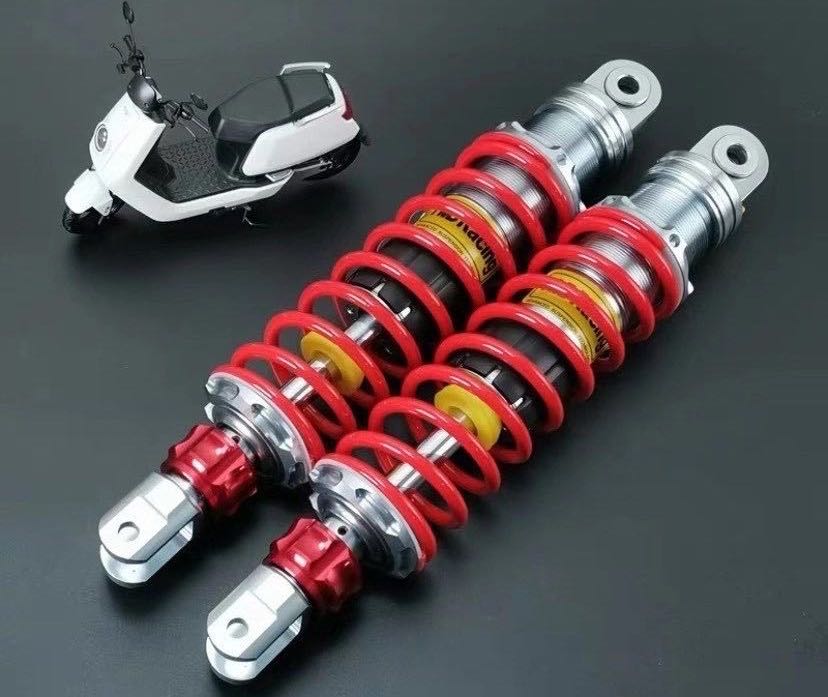
Get A Quote Today
Drop us a line if you have any enquiry. We will contact you within 24 hours.


